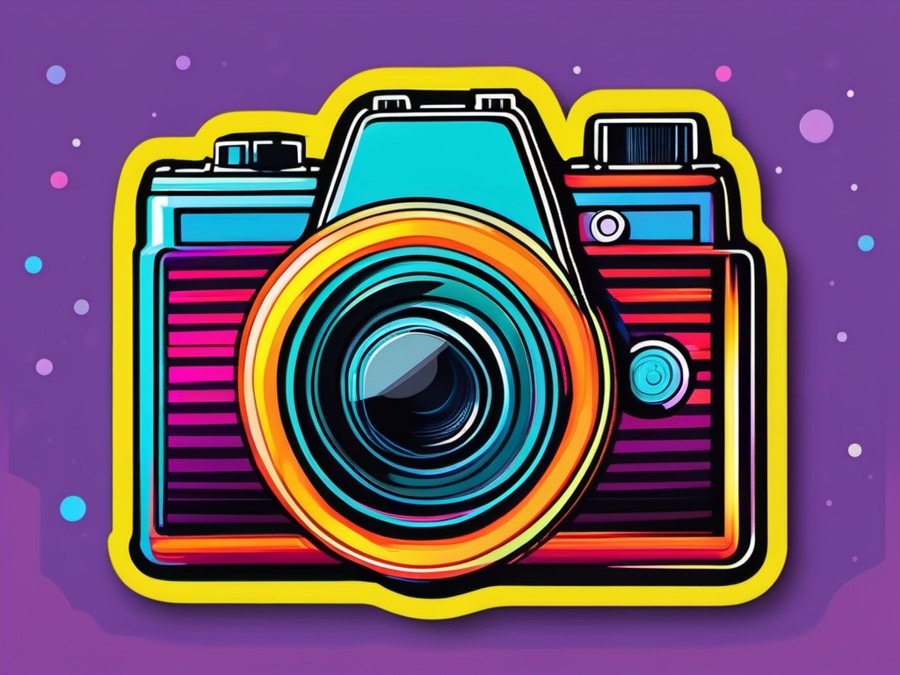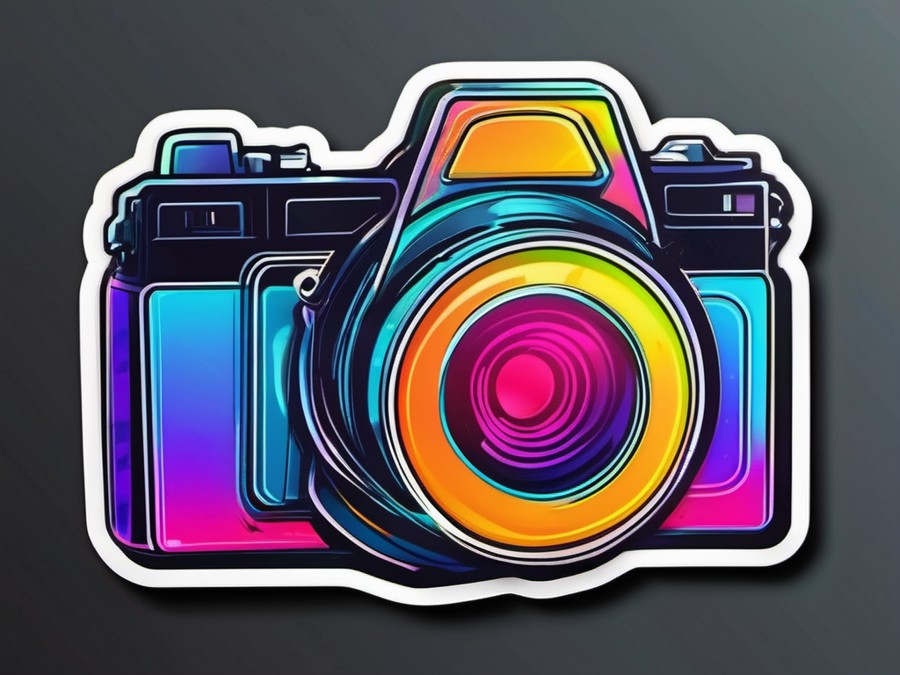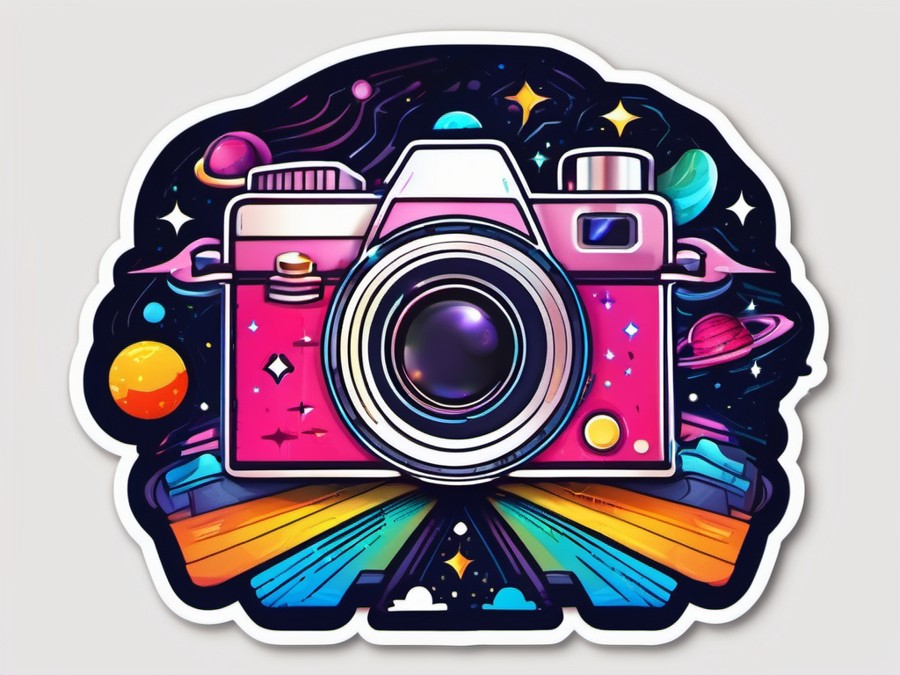· Charlotte Will · Cameras · 8 min read
What is the best camera for astrophotography?
Capture breathtaking astrophotos with our guide to the best cameras for astrophotography. Learn about key features, top camera recommendations, lens choices, settings, and tips to elevate your night sky photography.

Astrophotography is one of the most captivating and challenging forms of photography. Capturing the beauty of the night sky, from the Milky Way to star trails and deep space objects like galaxies and nebulae, requires a camera that excels in low-light conditions. But with so many options available, how do you choose the best camera for astrophotography? Let’s dive in and explore what makes a great astrophotography camera and some top recommendations.
Understanding Astrophotography Basics
What is Astrophotography?
Astrophotography is the art of photographing celestial objects and events. This can range from capturing the Milky Way in your backyard to long exposures of star trails or detailed images of distant galaxies and nebulae.
Why Choose the Right Camera for Astrophotography?
The right camera can make all the difference in capturing stunning astrophotos. Low-light performance, dynamic range, and sensor size are critical factors. A camera that excels in these areas will help you capture more detail and reduce noise, leading to better overall image quality.
Key Features to Look For in an Astrophotography Camera
- Low Light Performance: The camera should handle high ISO values well to capture faint stars and other celestial objects.
- Dynamic Range: A wide dynamic range helps capture both the bright stars and the dark background.
- Sensor Size: Larger sensors generally perform better in low light, making full-frame cameras a popular choice for astrophotography.
- ISO Range: The ability to shoot at high ISO values is crucial for astrophotography.
- Noise Handling: Good noise handling at high ISO values helps maintain image quality.
Different Types of Cameras for Astrophotography
DSLR Cameras
Pros and Cons of Using a DSLR for Astrophotography
- Pros: DSLRs offer excellent low-light performance, large sensor sizes, and interchangeable lenses.
- Cons: They tend to be heavier and more expensive than other options.
Mirrorless Cameras
Pros and Cons of Using a Mirrorless Camera for Astrophotography
- Pros: Mirrorless cameras are lightweight, offer excellent image quality, and often have better live view features.
- Cons: Some mirrorless cameras may not perform as well in very low light conditions compared to DSLRs.
Compact Cameras
Pros and Cons of Using a Compact Camera for Astrophotography
- Pros: Compact cameras are portable and budget-friendly.
- Cons: They generally have smaller sensors, which can lead to poorer low-light performance.
Full Frame vs APS-C Sensors
Which Sensor Size is Best for Astrophotography?
- Full Frame: Offers better low-light performance and dynamic range, making it ideal for astrophotography.
- APS-C: More affordable but may struggle in very low light conditions compared to full-frame sensors.
For more information on choosing the right camera case for daily use, check out our article here.
Top Camera Recommendations for Astrophotography
Canon EOS 6D Mark II
Features and Performance
- Full Frame Sensor: Captures detailed astrophotos with low noise.
- Excellent Low-Light Performance: Handles high ISO values well, crucial for astrophotography.
- Dynamic Range: Offers a wide dynamic range to capture both bright and dark areas in the scene.
- Wi-Fi and GPS: Useful for tagging your astrophotos with location data.
Nikon D850
Features and Performance
- High Resolution: 45.7 megapixels for capturing intricate details of celestial objects.
- Excellent ISO Range: Performs well in low light, making it great for astrophotography.
- Dynamic Range: Impressive dynamic range to handle both bright and dark areas in the same shot.
- Tilting Touchscreen: Useful for composing shots in awkward positions.
Sony Alpha a7R IV
Features and Performance
- High Resolution: 61 megapixels for extremely detailed astrophotos.
- Excellent Low-Light Performance: Impressive noise handling at high ISO values.
- Dynamic Range: Wide dynamic range to capture both bright stars and dark backgrounds.
- 5-Axis Image Stabilization: Helps reduce camera shake, especially useful for long exposures.
Fujifilm X-T30
Features and Performance
- Compact and Lightweight: Perfect for travel and capturing astrophotos on the go.
- Good Low-Light Performance: Handles high ISO values relatively well for an APS-C sensor.
- Dynamic Range: Offers a good dynamic range, though not as extensive as full-frame cameras.
- Affordable: An excellent budget option for beginners in astrophotography.
Panasonic Lumix G85
Features and Performance
- Dual Image Stabilization: Helps reduce camera shake, essential for long exposures.
- Good Low-Light Performance: Handles high ISO values well for a mirrorless camera.
- Dynamic Range: Offers a decent dynamic range, though not as extensive as full-frame cameras.
- Affordable: A budget-friendly option with good performance for astrophotography.
For more information on the best camera case for travel, check out our article here.
Lens Choices for Astrophotography
Fast Wide-Angle Lenses
Recommended Lenses for Capturing the Milky Way
- Canon EF 16-35mm f/2.8L III USM: A versatile and fast lens for capturing the Milky Way.
- Nikon AF-S Nikkor 20mm f/1.8G ED: Offers excellent performance for astrophotography with a wide maximum aperture.
- Sony FE 16-35mm f/2.8 GM: A top-performing lens for Sony mirrorless cameras, perfect for astrophotos.
Telephoto Lenses for Deep Space Objects
Recommended Lenses for Capturing Planets and Nebulae
- Canon EF 70-200mm f/2.8L IS III USM: A versatile telephoto lens for capturing detailed images of planets and nebulae.
- Nikon AF-S Nikkor 70-200mm f/2.8E FL ED VR: Offers excellent performance and image stabilization for astrophotos.
- Sony FE 100-400mm f/4.5-5.6 GM OSS: A powerful telephoto lens for capturing distant celestial objects.
For more information on the best camera filter for landscapes, check out our article here.
Camera Settings for Astrophotography
ISO Range
Balancing Noise and Sensitivity
- Start with a base ISO of 1600-3200 and adjust as needed based on your camera’s performance.
- Higher ISO values will capture more detail but may introduce noise into your images.
Shutter Speed
Capturing Star Trails vs Static Stars
- For long exposures and star trails, use a slow shutter speed (e.g., 30 seconds to several minutes).
- For capturing static stars, use a faster shutter speed (e.g., 10-30 seconds).
Aperture Settings
Maximizing Light with Wide Apertures
- Use the widest aperture available on your lens to maximize light capture.
- This also helps reduce exposure time and minimizes noise in your images.
Focusing in the Dark
Tips for Accurate Manual Focus
- Use manual focus and set your lens to infinity for sharp astrophotos.
- For more precise focusing, use live view and magnify a bright star to fine-tune your focus.
For more information on the best DSLR camera for low-light photography, check out our article here.
Accessories to Enhance Your Astrophotography Experience
Tripods
Importance of a Sturdy Tripod for Astrophotography
- A sturdy tripod is essential for keeping your camera steady during long exposures.
- Consider a tripod with a stable base and adjustable height for various shooting positions.
Remote Shutter Release
Eliminating Camera Shake with a Remote Release
- Using a remote shutter release helps reduce camera shake, especially during long exposures.
- This accessory is invaluable for capturing sharp astrophotos without blurring.
Star Trackers
Capturing Long Exposures with a Star Tracker
- A star tracker compensates for the Earth’s rotation, allowing for longer exposures without trailing stars.
- This is especially useful when capturing deep space objects and starry landscapes.
Filters for Astrophotography
Types of Filters and Their Uses in Astrophotography
- Neutral Density (ND) Filters: Help reduce light entering the camera, useful for long exposures during twilight.
- Light Pollution Filters: Block out unwanted light pollution, enhancing the visibility of stars and other celestial objects.
- UV Filters: Protect your lens from scratches and dust while having a minimal impact on image quality.
For more information on the best body-mounted camera for medical professionals, check out our article here.
Tips for Capturing Stunning Astrophotos
Scouting Locations
Finding Dark Skies for Astrophotography
- Research locations with minimal light pollution to capture the best astrophotos.
- Use apps like Dark Sky or Light Pollution Map to find ideal spots for astrophotography.
Planning Your Shots
Using Apps to Predict Star Alignment
- Use apps like Stellarium or PhotoPills to plan your astrophotos.
- These tools help you predict the alignment of stars and other celestial objects, aiding in composition.
Composition Techniques
Adding Foreground Interest to Your Astrophotos
- Include interesting foreground elements like trees, landscapes, or buildings to add depth and context to your astrophotos.
- Experiment with different angles and compositions to create unique and captivating images.
Post-Processing Tips
Enhancing Details in Your Astrophotos with Software
- Use software like Adobe Lightroom or Photoshop to enhance your astrophotos.
- Techniques like noise reduction, sharpening, and color adjustments can significantly improve your images.
For more information on the best instant camera for beginners, check out our article here.
Conclusion
Finding the best camera for astrophotography involves considering factors like low-light performance, dynamic range, and sensor size. Whether you opt for a DSLR or mirrorless camera, the key is to choose a model that excels in capturing detail and minimizing noise in low-light conditions. Additionally, investing in quality lenses and accessories can greatly enhance your astrophotography experience. Don’t forget to practice and experiment with different settings and compositions to capture stunning images of the night sky.
FAQs
What is the best camera lens for astrophotography?
The best lens for astrophotography depends on what you’re capturing. For the Milky Way, a fast wide-angle lens is ideal, while deep space objects often require telephoto lenses. Some top recommendations include the Canon EF 16-35mm f/2.8L III USM and the Nikon AF-S Nikkor 70-200mm f/2.8E FL ED VR.
Can I use my smartphone for astrophotography?
While modern smartphones have impressive cameras, they generally struggle with astrophotography due to their smaller sensors and limited low-light performance. However, some high-end smartphones with specialized features can capture decent astrophotos.
How do I get started with astrophotography on a budget?
To start astrophotography on a budget, consider using an entry-level DSLR or mirrorless camera like the Canon EOS Rebel T7i or Sony Alpha a6000. Pair it with an affordable wide-angle lens, and invest in a sturdy tripod. Use apps to plan your shots and practice post-processing techniques to enhance your images.
What are the best apps for planning astrophotography sessions?
Some of the best apps for planning astrophotography sessions include Stellarium, PhotoPills, and Dark Sky. These tools help you predict the alignment of stars and other celestial objects, aiding in composition planning.
How do I handle noise in my astrophotos?
Handling noise in astrophotos involves using lower ISO values, taking multiple exposures to stack later, and applying noise reduction techniques during post-processing. Software like Adobe Lightroom and Photoshop offer various tools for minimizing noise in your images.
This comprehensive guide should help you select the best camera for astrophotography and capture stunning images of the night sky.




